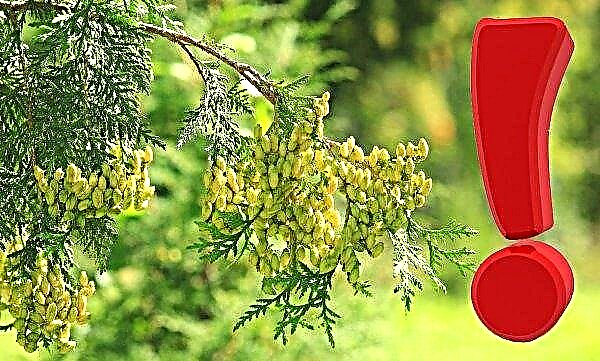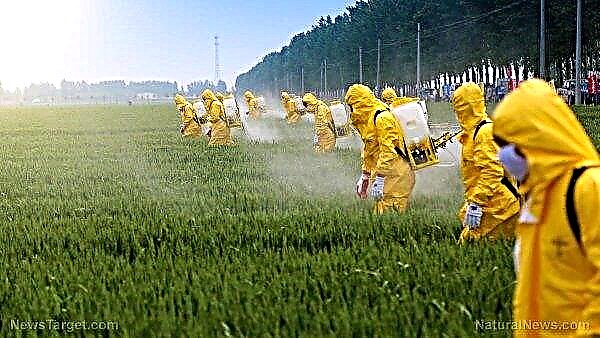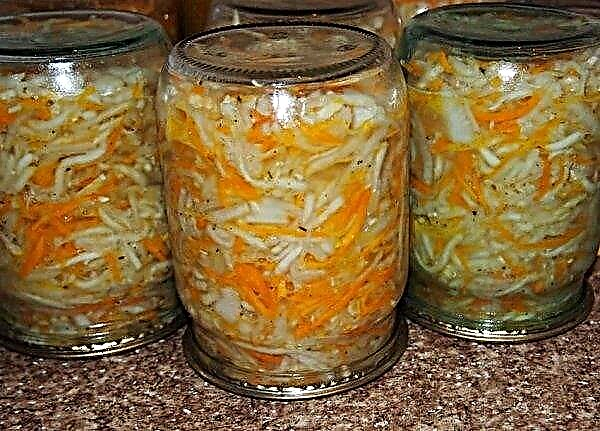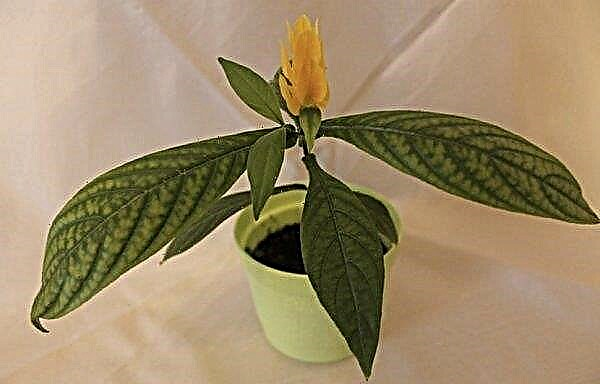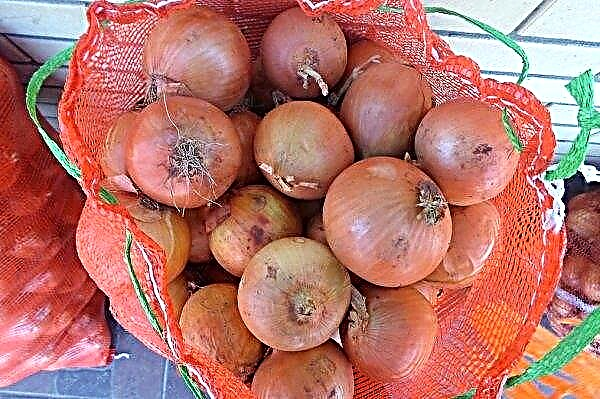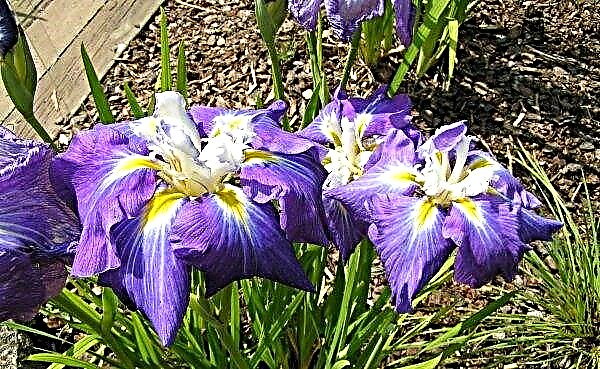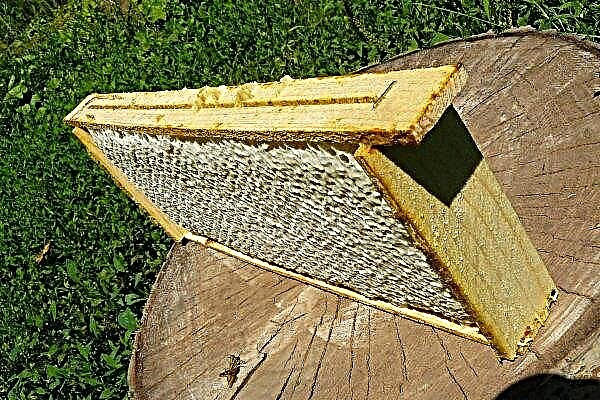When growing grapes at home, they often face sudden wilting of bunches at different stages of berry development. In order to prevent the development of such a problem on the bushes, it is necessary to consider the main causes and possible solutions.
Why do bunches of grapes fade and what should I do?
There can be many reasons for the wilting of bunches of grapes, but most often there are five main ones that require detailed consideration for timely decision-making on saving the crop.
Lack of moisture
Despite the fact that grapes tolerate a lack of watering, sometimes excessive drought caused by a lack of rainfall can cause the grapes to dry out. A plant that is constantly experiencing a lack of moisture reacts with a decrease in yield, a decrease in the density of berries, their withering and drying. Harvest in this period of time is at risk, since it is not possible to immediately notice the problem. Usually, in one cluster, all the grapes do not dry out, this happens gradually, grape after grape.
A plant that is constantly experiencing a lack of moisture reacts with a decrease in yield, a decrease in the density of berries, their withering and drying. Harvest in this period of time is at risk, since it is not possible to immediately notice the problem. Usually, in one cluster, all the grapes do not dry out, this happens gradually, grape after grape.
Watering grapes is not necessary only if at least 2 times a month heavy rainfall occurs. When the air temperature is stably high, and precipitation is absent or is a weak short-term rain, watering is carried out independently.
Did you know? To make 1 liter of wine, you need about 600 grapes.
If the grapes begin to fade from a lack of moisture, it should be watered immediately. It is recommended to water with water at room temperature, under a bush, in an amount of 20-30 liters at a time. Watering is best done in the morning or evening, so that the moisture well nourishes the roots before the heat. As a rule, after a similar procedure, the wilting process is suspended.
Sunburn
One of the most common causes of cluster wilting is the effect of the sun on the plant. Summer scorching sun rays sometimes adversely affect some clusters that are not covered by leaves. The burn manifests itself in different ways: heavily burnt grapes acquire a brown hue, the taste and aroma resemble fermented berries, if the sunburn is light, then the berries fade slightly, without changing color, but the taste spoils.
To save the crop from sunburn, create artificial shading. So that the grapes do not suffer from a lack of sunlight, the plant must be shaded only at lunchtime, when the sun's rays are most scorching.
Crop overload
If many brushes are tied to the plant, they are removed in a timely manner, otherwise, during active growth and ripening, some bunches may not have enough nutrients for ripening, so the plant will independently adjust the amount of yield, destroying most of the berries. Berries on an overloaded bush begin to fade and crumble sharply without ever starting to ripen.
Usually, overloading with the crop is possible on young bushes, when not quite thick branches have formed on the plant and the root system is poorly developed, such problems are not observed in adult specimens. To prevent overload, it is better to remove extra clusters on your own. On a young bush (up to 4 years), only 5-6 formed clusters should be left, the rest should be removed.
Fungal diseases
To diseases of a fungal nature of origin, which can cause drying of bunches of grapes include mildew and oidium.
Mildue in a short time affects all the vineyards on the plantation. The disease can be detected by light yellow, oily spots of a small size on the leaves of the plant. If you do not start to fight the problem in time, the fungi spread to the vine, brushes and berries. Activation of spores by mildew occurs in the spring, when the air temperature warms up to + 10 ° C. Particularly quickly, damage to the plant occurs in warm and humid weather.
If you do not start to fight the problem in time, the fungi spread to the vine, brushes and berries. Activation of spores by mildew occurs in the spring, when the air temperature warms up to + 10 ° C. Particularly quickly, damage to the plant occurs in warm and humid weather.
Spots initially appear on green grapes and cause it to dry out. If the fungus develops already on ripe grapes, the berries dry and fall off. Mildew treatment must be carried out with a mixture of copper sulfate and lime liquid. The concentration of copper sulphate depends on the degree of development of the bush: before the buds open, they should be sprayed with a 3% solution, the entire remaining period of time with a 1% solution.
The solution must be prepared as follows: in 5 l of boiling water, dissolve 100 or 300 g of the product. For lime mortar, quicklime (75 g) and water (10 l) are used. The two products obtained should be mixed, filtered and sprayed on the bush, well irrigating the affected elements.Did you know? The oldest vineyard is located in the city of Maribor, Slovenia, whose age is more than 400 years.
Spraying is carried out in calm, dry and warm weather. The procedure can be repeated 2-3 times with an interval of 10 days, to achieve maximum effect. Among the effective drugs in the fight against mildew are Kuprozan and Kuproksat, which are used according to the instructions on the package.
Oidium affects the ground part of the plant, covering the crowns, leaves and berries with a white coating, which turns brown over time, so the disease is often confused with a sunburn. Massive damage to berries occurs in high humidity and warm weather conditions.
At this time, the grapes may begin to wither sharply or burst. In the treatment of plants, sulfur is used, which gives a good result. To prepare the product, sulfur powder (100 g) is bought, which is mixed with 10 l of water.
Suitable weather conditions for spraying are dry and warm, air temperature not less than + 20 ° С. Spraying is carried out every 10 days until the bushes are completely cured.
To cure a severely affected plant, such drugs as Topaz and Fundazol are used, according to the instructions on the package.Important! The resulting solution processing is carried out only in the morning or in the evening, during the period of the least solar activity, since it is possible to strongly burn parts of the plant.
Pests
Sometimes, the cause of wilting and shedding of grapes from the bush is the defeat of the plant by pests. Common pests that cause a similar reaction of the plant include spider mites, underground phylloxera and wasps.
The spider mite first affects the leafy part of the plant, provoking twisting, wilting and drying of the leaves. Almost simultaneously, after curling the leaves with their drying, the berries wilt.
At this time, the damage to the bush is already quite strong and it will not be possible to save the crop, so further measures are aimed at saving the plant from death. In order to prevent the death of the crop, the treatment is carried out, revealing the first signs of spider mite vital activity - the appearance of a thin web on different parts of the plant and turning the ends of the leaf out.
Underground phylloxera settles on the root system of the plant, sucking out the juice and nutrients of the plant. Outgrowths form on damaged roots, which impedes the normal development and nutrition of the plant. The growth of the grapes stops, the shoots wither away, the leaves fall off, the berries fade and fall off. After the death of the roots, the plant dries completely.
It is very difficult to determine that the plant struck the phylloxera, since the insect lives at a depth of 0.5 m.The main danger of the underground phylloxera is that it can spread to the roots of bushes located nearby, and there are no drugs for treating the plant.
There are only tools that allow you to destroy the phylloxera, along with the bush, so they are used immediately as soon as a defeat of at least one bush is noticed so that the pest does not have time to hit the neighboring ones. To destroy the insect, volatile flammable carbon disulfide is used, at a concentration of 300 cm³ / m².
Wasps are common pests of grapes that damage berries. After violating the integrity of the peel in the grapes, they begin to fade and dry, thereby reducing the quality and quantity of the crop. Wasps do not eat the berry completely, but if they damage one, they go to the other. A massive defeat of the crop by wasps is possible when placed near the bush of an aspen nest. The solution to the problem is aimed at destroying the wasp nest in the dark, when the wasp comes to rest. At this time, it is considered effective to spray the nest with poisonous substances - "Dichlorvos", "Raptor", according to the instructions.
A massive defeat of the crop by wasps is possible when placed near the bush of an aspen nest. The solution to the problem is aimed at destroying the wasp nest in the dark, when the wasp comes to rest. At this time, it is considered effective to spray the nest with poisonous substances - "Dichlorvos", "Raptor", according to the instructions.
Important! Poison processing of the nest should be carried out in protective clothing, be sure to cover the face with a net to protect it from mass bites, since wasps are likely to try to protect the home from attack.
After 20 minutes, the nest is recommended to burn. If grapes are damaged by wasps in the absence of an aspen nest near the bush, measures are taken to protect the berries by wearing purchased bags on bunches. Special fabric bags can be purchased at stores specializing in horticultural supplies.
Preventative measures
It is easier to prevent the grapes from drying out than to take measures to eliminate the problems that have arisen.
Common preventive measures include:
- landing on a suitable site (with good aeration of the soil) in compliance with the recommendations for planting;
- landing sustainable to common diseases and pests of varieties;
- adherence to schedule preventive spraying against diseases and pests;
- regular cropping extra shoots, removal of weak or damaged parts that reduce the immunity of the plant;
- regular fertilizer applicationthat allow saturating the plant with the necessary substances that stimulate the normal growth and development of all parts of the bush;
- watering grapes during a period of severe drought;
- preserving stepsons in the area of the brushes to protect the crop from the scorching sun;
- timely harvest, the destruction of plant debris that fell from the bush.
Thus, grapes can fade for various reasons, which require careful study to make the right decision to eliminate them. To make it easier to resolve the situation, you can use the helpful recommendations in the article.


